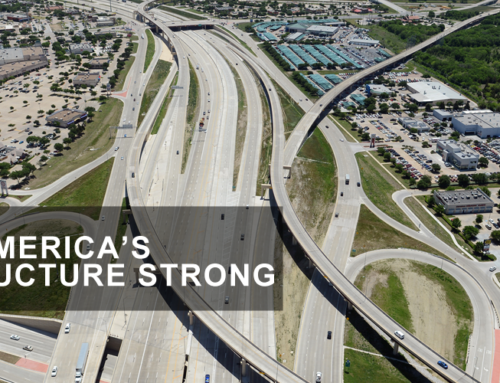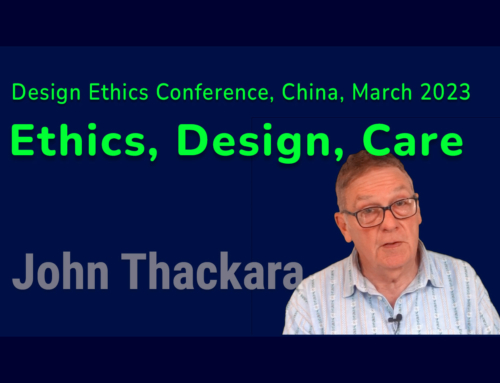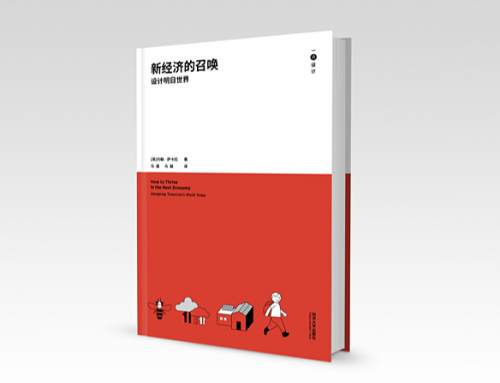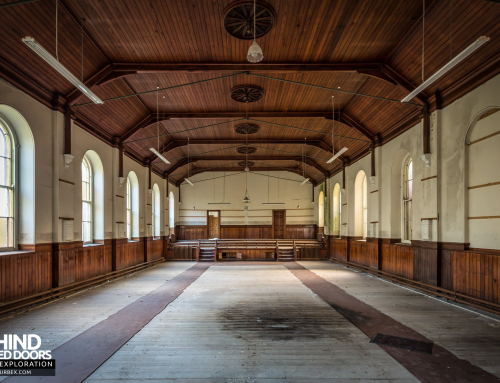At last week’s Aspen Design Summit 150 concerned designer-citizens explored ways that they might contribute to sustainable community development, education innovation, and social entrepreneurship. (Other reports are at Core77 and at unBeige.There are many images at Flickr
(Humbug check: I was an enthusiastic participant – and paid to be the moderator – of the Summit).
The stated aim of the event was to “launch a design revolution to put an end to poverty in developing countries by conceiving new extreme-affordability productsâ€. The Summit was challenged to “create a road map to focus the design, engineering, business and education expertise, represented by Summit participants, to address the needs of the poorâ€.
Real-world projects were the focus of the Summit. Project leaders told us of their work at a grass roots level in Myanmar and Nepal, St Louis and Detoit, New Orleans and the South Bronx.
As previously stated the word ‘development’ too often implies that we advanced people in the North have an obligation to help backward people in the South to ‘catch up’ with our own advanced condition. The problem with this approach is that broader measures of sustainability and well-being tend to be ignored. Or, worse, they are viewed as impediments to progress and modernisation.
The participation in Aspen of people from rooted, real-world projects helped ensure a degree of sensitivity to context, and to existing social relationships, in our discussions.
A degree, but not a lot. At the end of the day, we were high on altitude – but low on context. We discussed ideas and plans for and about people located hundreds or thousands of miles away. As someone remarked, “you can pretend to care, but not pretend to be thereâ€. Second hand representations, however well-crafted, are not the same as direct experience.
This confronts the design world with a substantial dilemma. Eighty percent of professional designers are in the representation business. But designing a poster about an issue, or launching a media campaign about it, is not the same as helping real people, in real places, change an aspect of their everyday material reality.
This dilemma is especially pointed for the American Institute of Graphic Arts, which organised the Summit in Aspen. Full credit to them, then, for organising an initiative that benefits such a small part of its membership directly.
And one especially positive outcome of the Summit is that it forces us to address some tricky questions.
For example: When we talk about design and social innovation, how confident can we be that we are not searching for personal salvation by “doing good�
And: If we are genuinely to exchange value – ather than donate it, unasked – what do we have to offer that people want, and need?
And what about the matter of agency? When designers in the North (or rockstars, or NGOs) sally forth to help “the poor†– who is acting for, or on, whom?
Reflecting on these questions, I conclude that we need some Rules of Engagement to govern design-aid expeditions. So – with the caveat that rules are there to be broken, or at least argued about – I propose:
Rule one: Look near as well as far. There’s a lot of work to be done nearby as well as far away. It’s easier to enhance the human resources, culture, heritage, traditions, know-how and skills of a local culture than that of a distant one.
Rule two: work for actual people, not for categories. Be on your guard whenever you read the words “the poor†(or “the elderly†or “the blind” or “the disabledâ€). These casual (and widespread) habits of language disembody and dehumanise people. (If you don’t believe me, ask a blind person).
Rule three: Respect what’s already there. Designers are trained to to change things for the better – not to leave well alone. The good news is that visiting designers can act like mirrors, reflecting positive things about a situation that local people no longer notice or value.
Rule four: empower local people. Any design action that rearranges places and relationships is an exercise of power. A good test for the sensitivity of Incoming designers is whether they enable people to increase control over their own territory and resources.
Rule five: commit long-term. When Sergio Palleroni offered the support of design students to communities in New Orleans, he commited to a minimum of three years’ engagement. It takes time to understand a situation, time to listen to local people and gain their trust, time for appropriate solutions to emerge.
Rule six: Small is not small. Small design actions can have big consequences, many of them positive ones. If someone builds a bus stop in an urban slum, a vibrant community can sprout and grow around it. Such is the power of small interventions into complex urban situations. Read Small Change, by Nabeel Hamdi for more inspiring examples of thre power of thinking small.
Rule seven: Think whole systems. Aspen project leader Paul Polak reckons the design and technology of a device, such as a pump, or sprinkler system, is not much more than ten percent of the complete solution. The other ninety percent involves distribution, training, maintenance and service arrangements, partnership and business models. He and Jim Pattel at Stanford Business School get students to plan whole business solutikons to development opportiunities.
Rule eight: hands-on or hands-off. Hungry people need posters and campaigns less than they need food to eat.
NOTE
We prepared a briefing on design-related social innovation for Doors 8.




